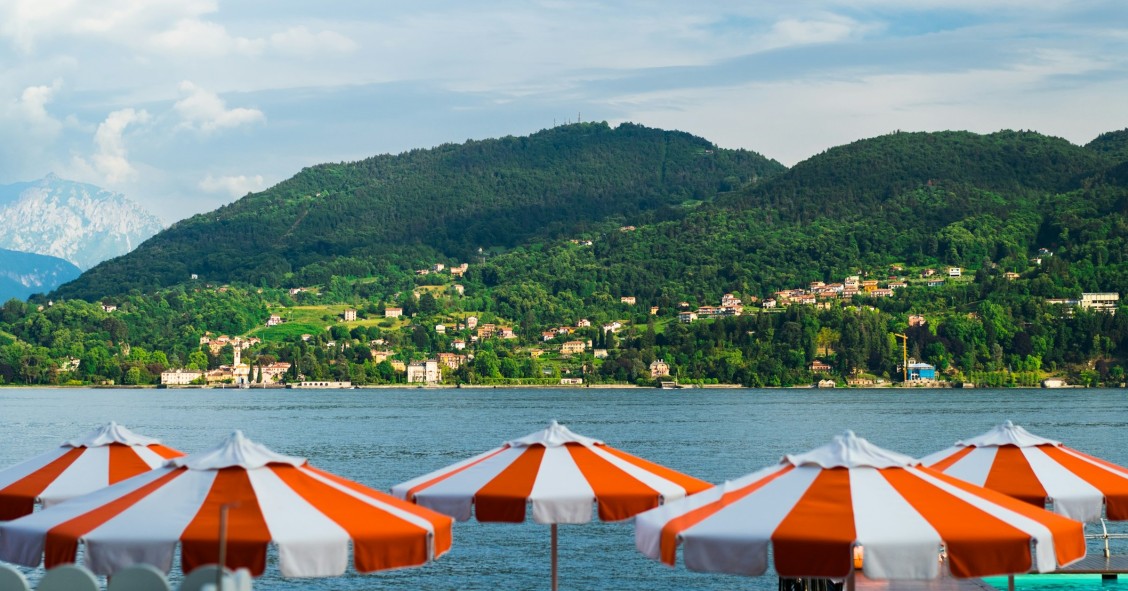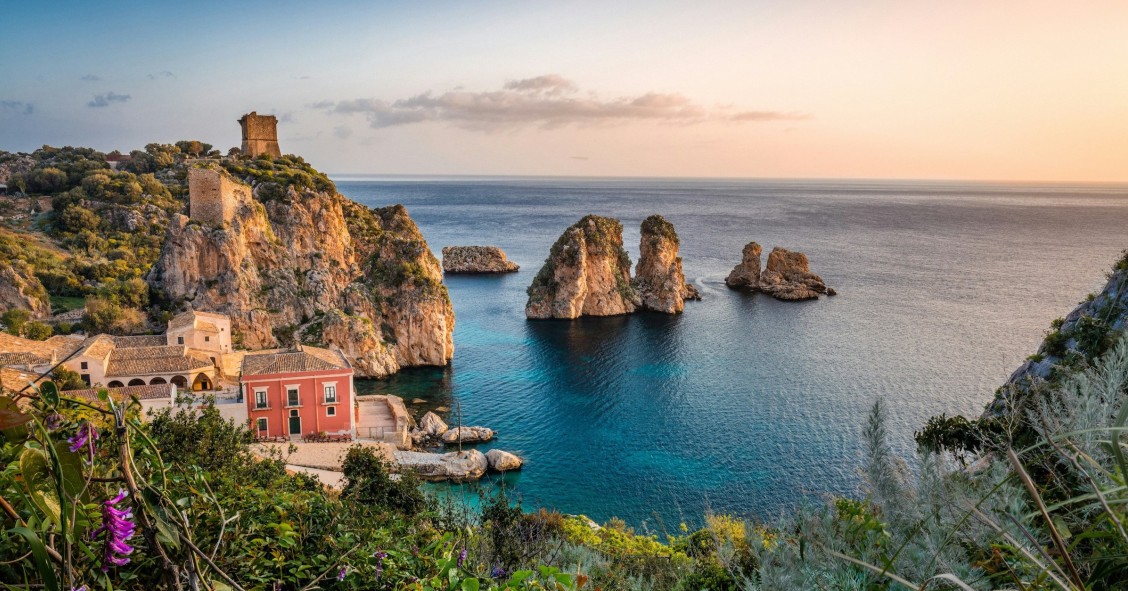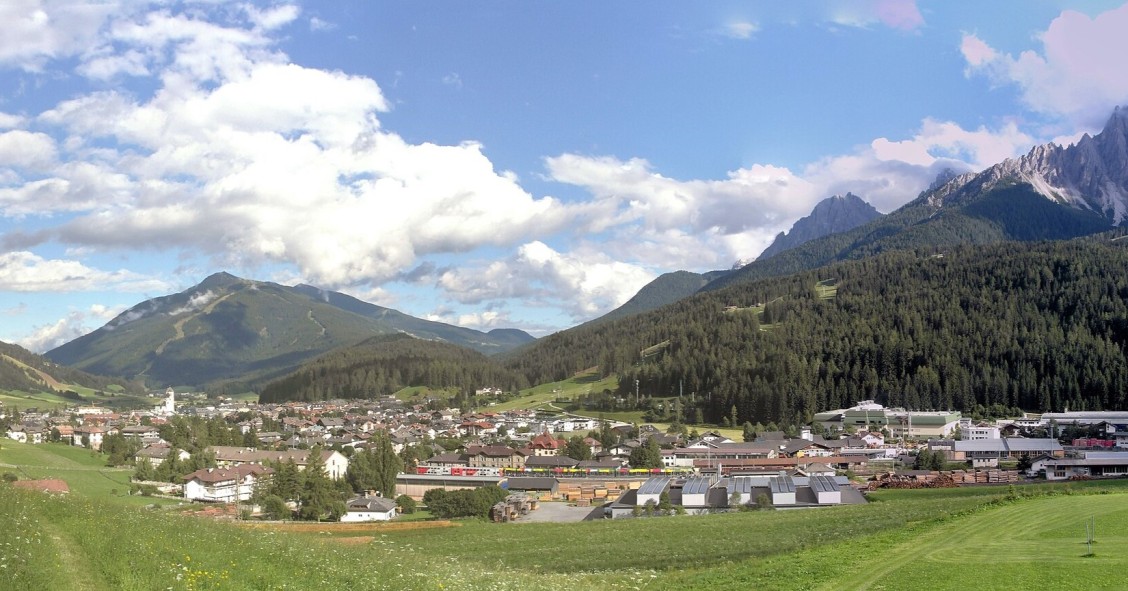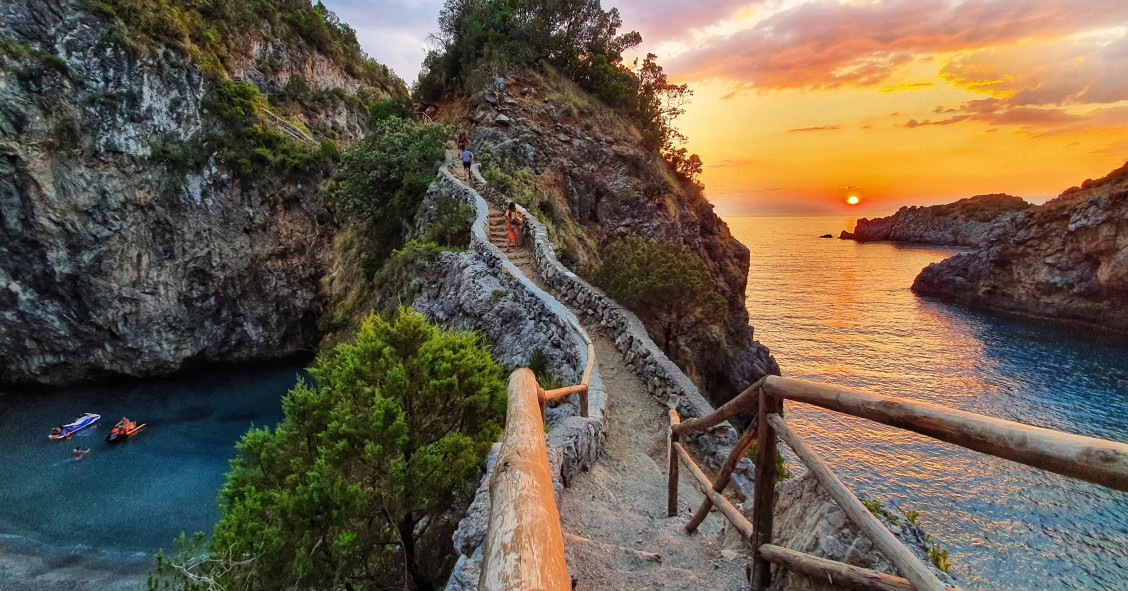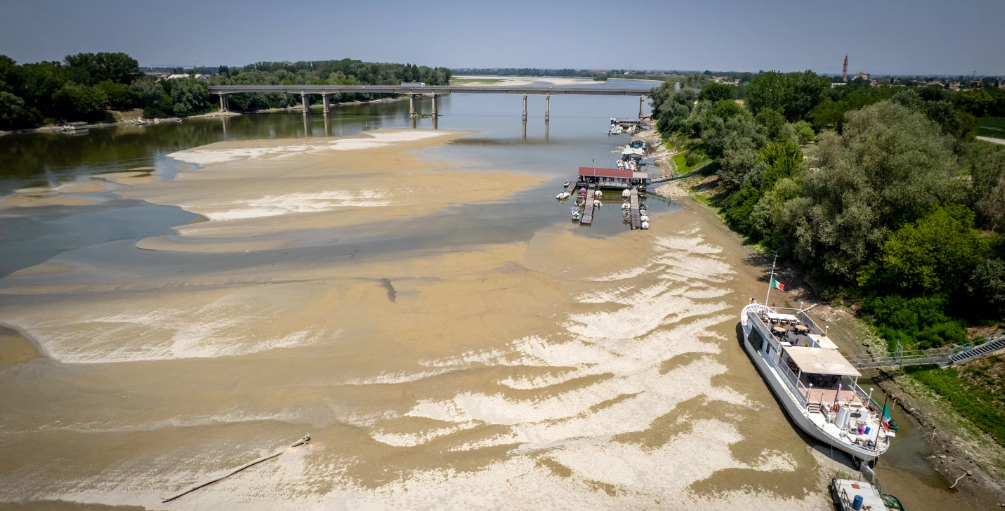
Italy is experiencing an extreme drought with a serious lack of rainfall and increasingly high temperatures. As a result, the government is starting to introduce emergency measures. But what does this mean for those planning to travel to Italy this summer? And how can you save water? We have the details.
Travelling to Italy this summer 2022
Just when everyone thought travelling to Italy this summer was going to be easy thanks to the lifting of COVID-19 travel restrictions, restrictions thanks to Italy's drought coming to place. If you're planning on spending your summer holidays in Italy this year, there are a few things you should take note of.
There are currently no specific rules and restrictions on visiting Italy as a result of the drought. Nevertheless, before travelling you should check with the local authorities if any emergency measures have been introduced that you must obey during your stay.
Most affected by the drought is Northern Italy, meaning that regions in this part of the country Lombardy, Piedmont, Veneto and Emilia Romagna are considering introducing rules which may limit or ban the filling of swimming pools.
Villorba in the Veneto region has a hosepipe ban in place, meaning that you are not allowed to water the garden, wash the cars or fill swimming pools between 6am and 11pm. This restriction is in place until 30th September 2022.
No other specific restrictions have been introduced to date, however local councils are considering further hosepipe bans, turning off public water fountains and water rationing.
How to save water in Italy this summer
The drought alarm, coupled with inflation and rising bills, calls for even more attention to avoid waste and save water at home, whether you live in Italy or are travelling to the country for the summer holidays. Here are some useful and easy tips to put into practice every day to save water:
- Turn off the taps while brushing your teeth or shaving, for example, saves 6 litres of water every minute.
- Reduce the time you spend in the shower, as every 60 seconds consumes 6 to 10 litres. Furthermore, having a shower rather than a bath can reduce water consumption by 75%.
- Paying attention to the toilet cistern is very important, and one should choose models with capacities of 6 and 12 litres according to need. By doing so, water savings of approximately 26,000 litres per year can be achieved.
- Fix dripping taps, and if a tap is dripping, it must be repaired immediately as a leak can result in wasting 21,000 litres of water per year per tap.
- Replacing old appliances with higher energy class models, such as new washing machines and dishwashers, results in 50% water savings. Furthermore, only do a wash when fully loaded.
Remember to also regularly check your water meter, as this allows you to keep your consumption under control and might also make you aware of any faults or leaks before it's too lte.
